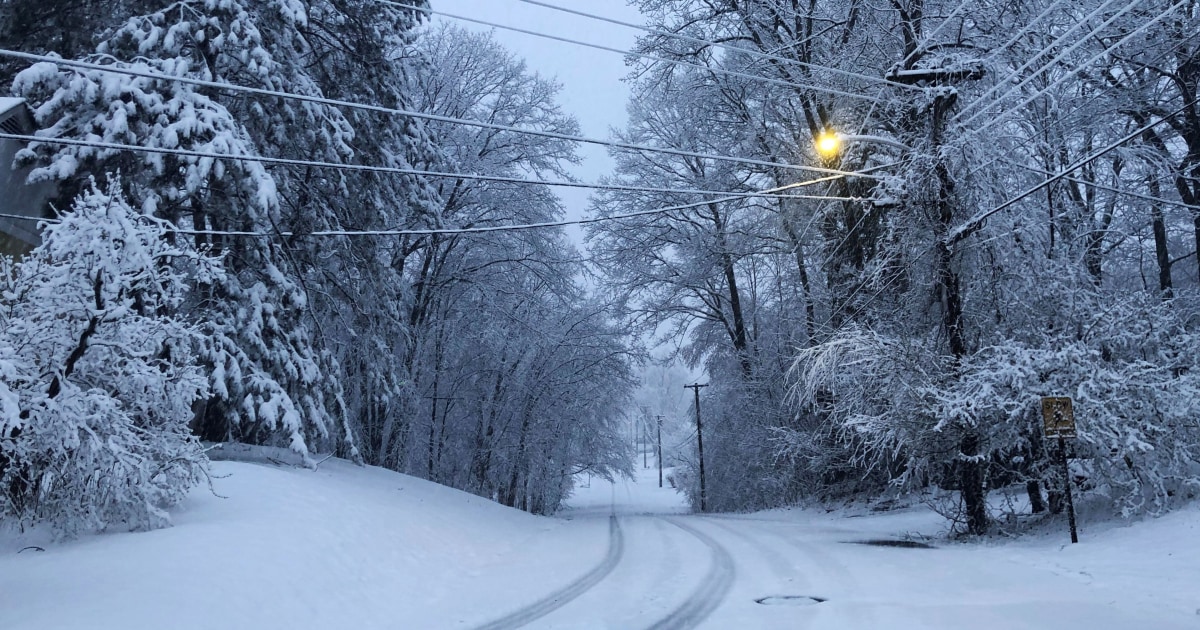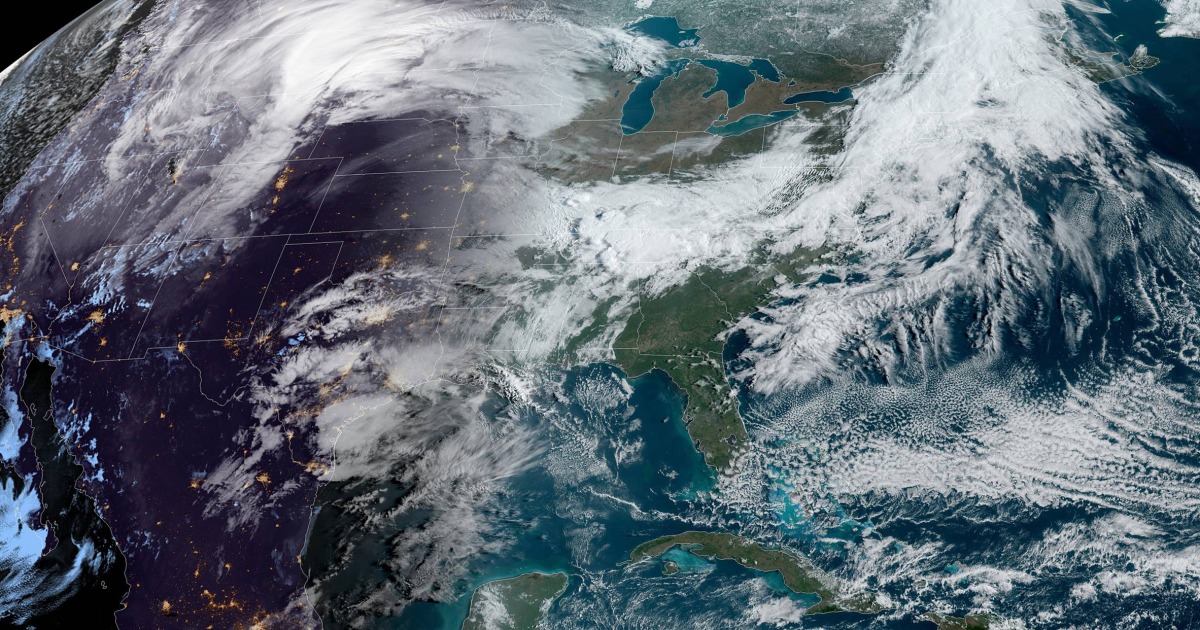Historic blizzard likely to be severe storm threatens millions for 4th straight week
For the fourth consecutive week, the continental United States will experience a multi-day outbreak of severe weather. However, compared to three weeks ago, this critical period will be different for several reasons.
It will first affect areas further north, extending into the Central Plains, Upper Midwest and Great Lakes, which have not been affected by other outbreaks.
For this reason, this week’s event will affect a much larger population than previous outbreaks, including cities like St. Louis and Chicago, which have not yet experienced severe storms.
The second reason is that this week’s event will also be more complex than other events, with a number of factors likely to complicate forecasts for hurricane location, leading to generally lower confidence in forecasts than in other events. other events.
On Monday, 13 million people will be at risk for severe storms across the Southern Plains to the Tennessee River Valley. Storms that break out during the afternoon and evening hours will have the potential to cause very large hail (baseball to softball sizes), strong winds, and some tornadoes. Cities at risk include Dallas, Little Rock and Memphis.
A complicating factor on Monday will be the strength of the “limit” that can prevent storm formation for most of the day. The “cap” is a layer of warm air that can prevent storm formation. Maybe the retaining cap is strong enough to stave off hurricanes across northern Texas and southern Oklahoma, in particular. However, if the cap is broken, the storm will explode and potentially cause destructive hail. The best chance for storms Monday and Monday night will be for areas with lower temperatures, such as central and northern Arkansas.
On Tuesday, 39 million people were at risk from severe storms along the 1,000-mile stretch from southern Minnesota to the Gulf Coast. The biggest risks are very large hail and a few strong tornadoes. Cities to see include Des Moines, Iowa, Kansas City, Missouri, Wichita, Kansas, Tulsa and Oklahoma City, Oklahoma, Little Rock, Arkansas, Dallas, Shreveport and Baton Rouge, Louisiana, Austin, Texas and Houston.
The storm is expected to continue through Tuesday night through Wednesday.
A complicating factor for Tuesday’s storms will again be strong caps in place. This means that it is unlikely that storms will extend continuously over the entire 1,000-mile risk area, but instead could be faulted clusters across the entire risk area. By far, the areas of greatest concern for severe storms and large-scale tornadoes are throughout southern Minnesota, Iowa, and northern Missouri.
Rapid storm movement and prolonged severe weather after dark increase the danger of this setup.
As of Wednesday, 62 million people are at risk from severe storms from the Great Lakes to the Gulf Coast, including the cities of Chicago, St. Louis, Indianapolis, Nashville, Memphis, Little Rock, Shreveport, Birmingham, Jackson and New Orleans.
Once again strong tornadoes, very large hail and gusty winds are possible.
Wednesday is the day when hurricanes are likely to affect areas affected by the past three outbreaks. The storm will also continue overnight through Thursday morning.
A complicating factor for Wednesday’s severe storms will be widespread convection in the morning that could affect the forecast and range and course of storms later in the day. .
And as severe thunderstorms rage across the regions mentioned above, a potentially crippling historic blizzard will cover parts of the Northern Plains and Upper Midwest.
This north of the storm system will see a strong blizzard, capable of generating up to 2 feet of snow (isolated spots can see up to 30 inches of snow) and gusts of up to 50 mph. This will result in life-threatening inability to travel and can harm crops and livestock.
A winter warning was in place Monday morning, stretching from the Pacific Northwest coast to the arrowheads of Minnesota. These include blizzard warnings for parts of the Montana and Dakotas.
On Monday, it set records across the Pacific Northwest with a rare April snowfall in Portland:
Snow is forecast to spread into the Rockies and northern plains on Tuesday and last through Wednesday.
There will be a 6 to 12 inch heavy snowfall, with 18 to 24 inches higher in local snow possible across the Montana and Dakotas. This snow total is record-setting and has historical value for several areas:
In Bismarck, North Dakota, the largest blizzard in April was 17.8 inches in 2013. They are now forecast to increase by 15 to 20 inches.
For Glendive, Montana, their total snowfall during this storm is expected to be about 13 inches. This would break their previous 3-day record set in 1896.
And if that weren’t enough, areas unaffected by heavy snow or severe thunderstorms face heightened fire risks and strong winds.
As of Monday, 12 million people are under Red Flag Alerts across the Central and Southern Plains. While Monday’s fire risk will be raised to severe, a bushfire will be possible on Tuesday when winds are at their strongest. Wind gusts of 50-60 mph combined with humidity and low temperatures in the 90s will lead to fires and rapid spread.
at Blogtuan.info – Source: nbcnews.com – Read the original article here


